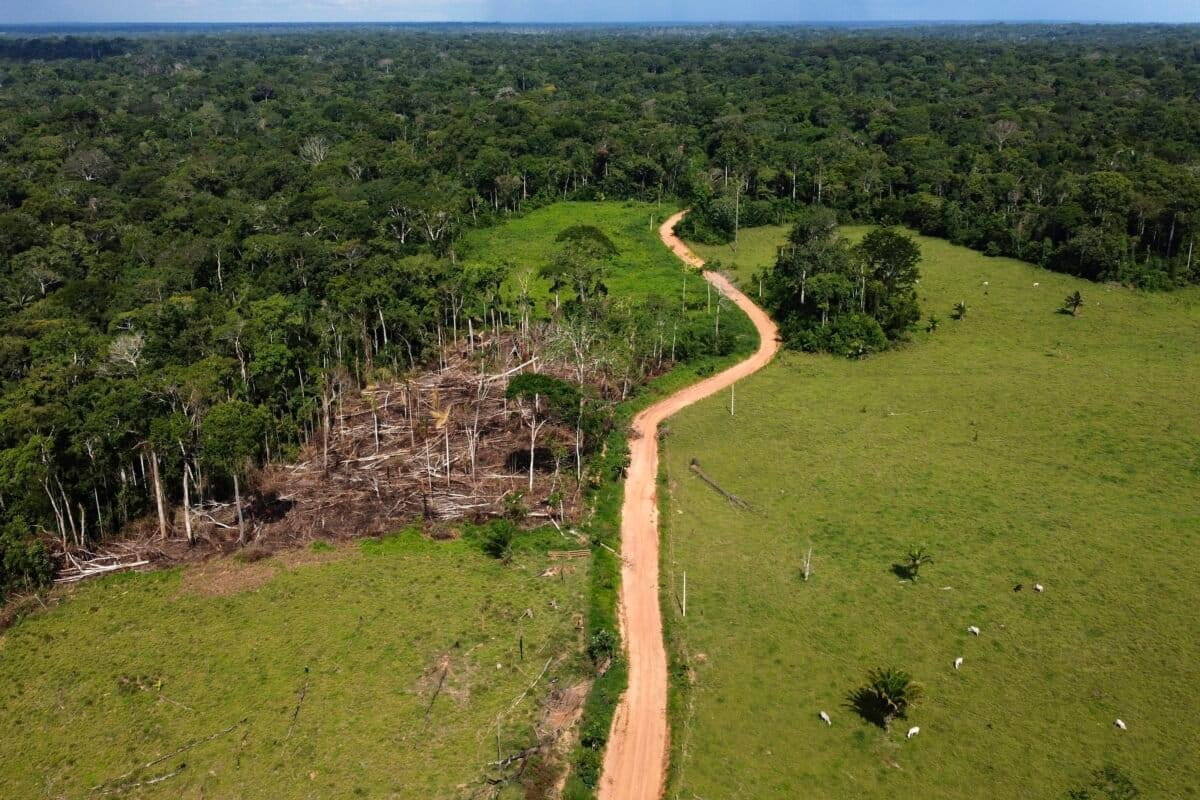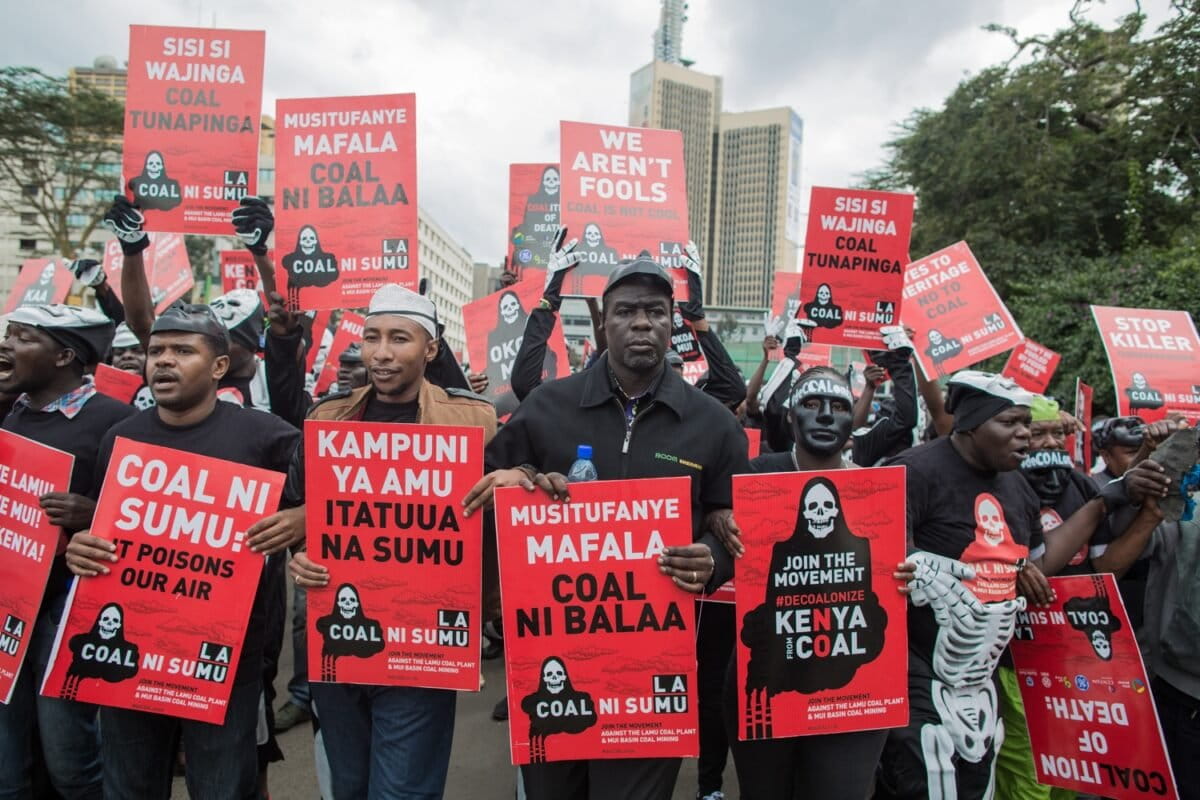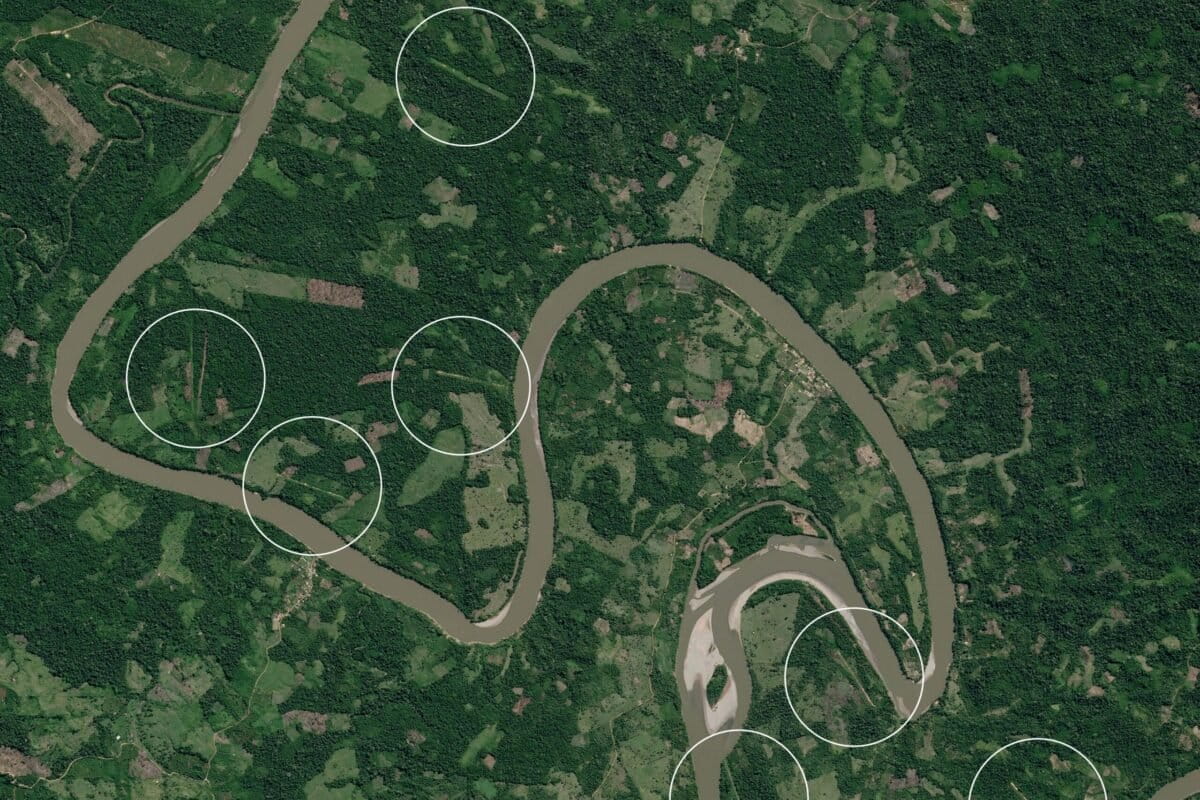At the COP30 Leaders’ Summit in Belém, host country Brazil formally introduced the Tropical Forest Forever Facility (TFFF). It’s an endowment-style mechanism designed to pay countries and forest stewards to keep tropical forests standing. TFFF has drawn goodwill and cautious optimism from leaders and NGOs.
TFFF has received more than $5.5 billion in initial pledges; architects of the plan hope to secure $125 billion total from sovereign and institutional investors, the money will be invested in the bond market as a permanent tropical forest conservation fund. Investors will be repaid first, and remaining funds will be divided among qualifying forest countries and communities.
Unlike past project-based schemes, the TFFF is designed to generate predictable, long-term payouts to reward countries and front-line communities for the verified conservation of standing forests and forest restoration.
TIFF is being hailed as a potential breakthrough for climate and biodiversity finance. Led by Brazil with the World Bank confirmed as interim host, the facility aims to address a long-standing market failure that largely places value on products extracted from forests and not benefits derived from the ecosystem services forests provide.
“Today marked a turning point for tropical forest finance,” said Brian O’Donnell, director of the Campaign for Nature, in a statement. “The leadership of tropical forest nations is inspiring.”
Indeed, 20% of TFFF payments must go to Indigenous and local communities, historically the best guardians of tropical forests. Juan Carlos Jintiach, executive secretary of the Global Alliance of Territorial Communities, an alliance representing Indigenous peoples and local communities from 24 tropical forest countries, said in a statement emailed to Mongabay. Adding, “is a historic victory that recognizes our leadership in the fight against climate change.”
The plan has gained initial support from Norway, which pledged $3 billion, while Brazil and Indonesia have each committed $1 billion. WWF and the World Resources Institute have said the plan is potentially a major step toward fixing fragmented forest finance, provided early pledges are followed by rapid operationalization and transparent access rules.
Several countries in the Congo Basin will potentially benefit from the fund. DRC’s country director of WWF told Mongabay, “TFFF is a turning point for the DRC and the wider Congo Basin.”
Still, caution tempers optimism.
“We shouldn’t be allowing the people who destroyed the Amazon to manage the funds for its restoration,” Drea Burbank, CEO of Savimbo, told Mongabay. Savimbo is a social enterprise founded by Indigenous peoples to help them access climate markets directly. “Don’t send any conservation money to Quito, Bogotá, Rio or Lima if you want to see changes in how Amazon forests are managed.”
Greenpeace notes that earlier funds often struggled to move money to frontline guardians at speed and scale. Greenpeace welcomed the direction but pressed for robust transparency and direct finance to Indigenous peoples and local communities.
Banner image: Cows roam an area recently deforested in the Brazilian Amazon. Image by AP Photo/Eraldo Peres, File.





